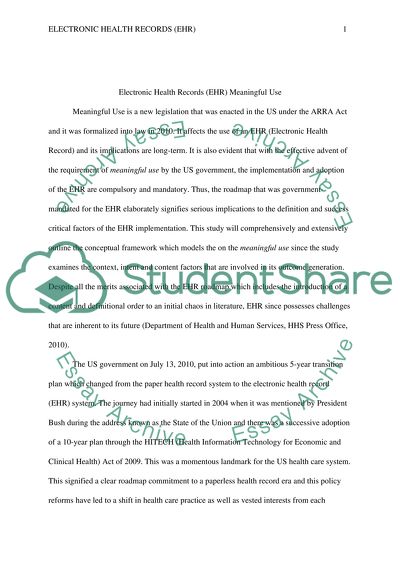Cite this document
(The Requirement of Meaningful Use Essay Example | Topics and Well Written Essays - 2750 words, n.d.)
The Requirement of Meaningful Use Essay Example | Topics and Well Written Essays - 2750 words. https://studentshare.org/health-sciences-medicine/1404244-the-requirement-of-meaningful-use
The Requirement of Meaningful Use Essay Example | Topics and Well Written Essays - 2750 words. https://studentshare.org/health-sciences-medicine/1404244-the-requirement-of-meaningful-use
(The Requirement of Meaningful Use Essay Example | Topics and Well Written Essays - 2750 Words)
The Requirement of Meaningful Use Essay Example | Topics and Well Written Essays - 2750 Words. https://studentshare.org/health-sciences-medicine/1404244-the-requirement-of-meaningful-use.
The Requirement of Meaningful Use Essay Example | Topics and Well Written Essays - 2750 Words. https://studentshare.org/health-sciences-medicine/1404244-the-requirement-of-meaningful-use.
“The Requirement of Meaningful Use Essay Example | Topics and Well Written Essays - 2750 Words”. https://studentshare.org/health-sciences-medicine/1404244-the-requirement-of-meaningful-use.


